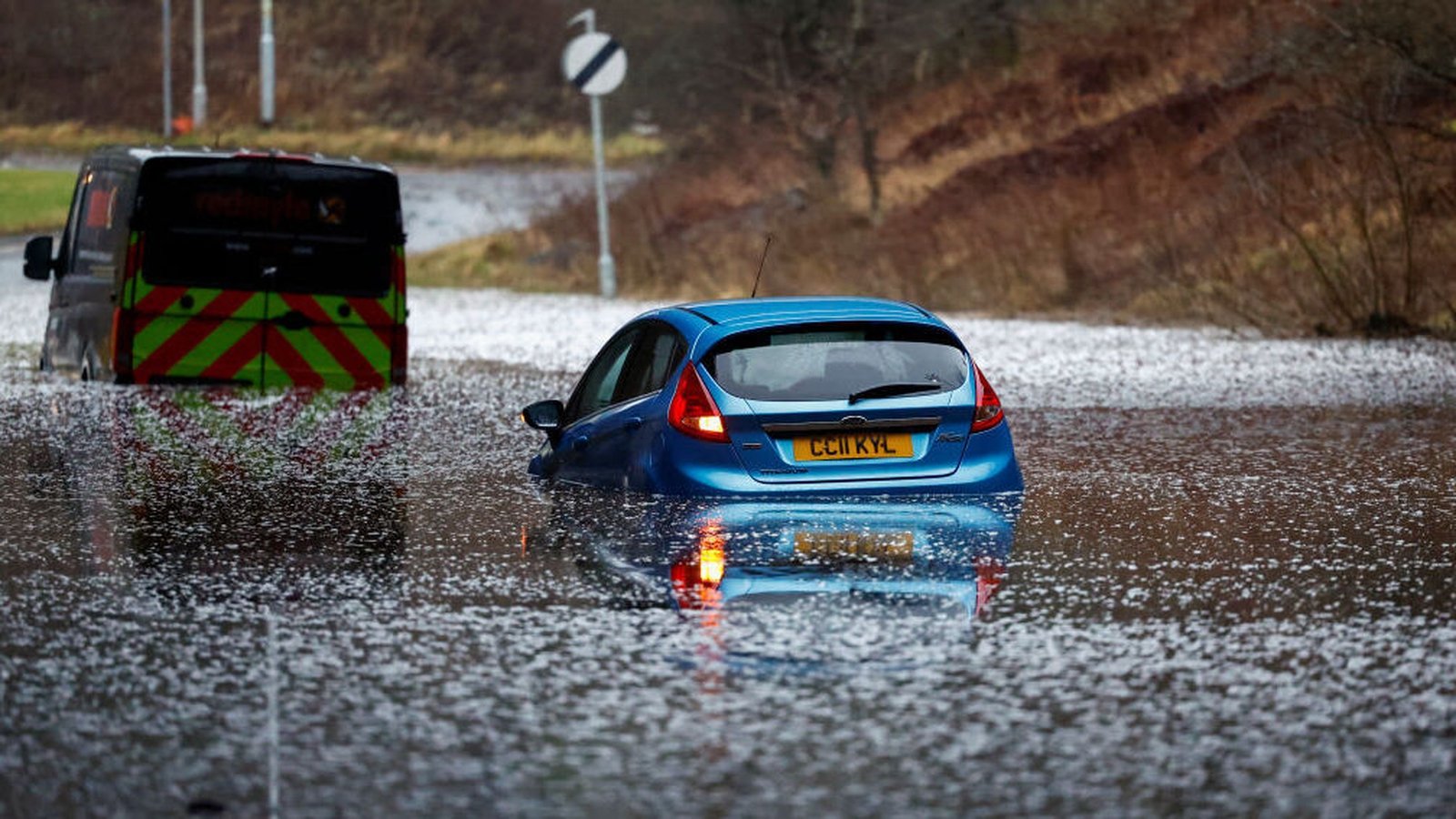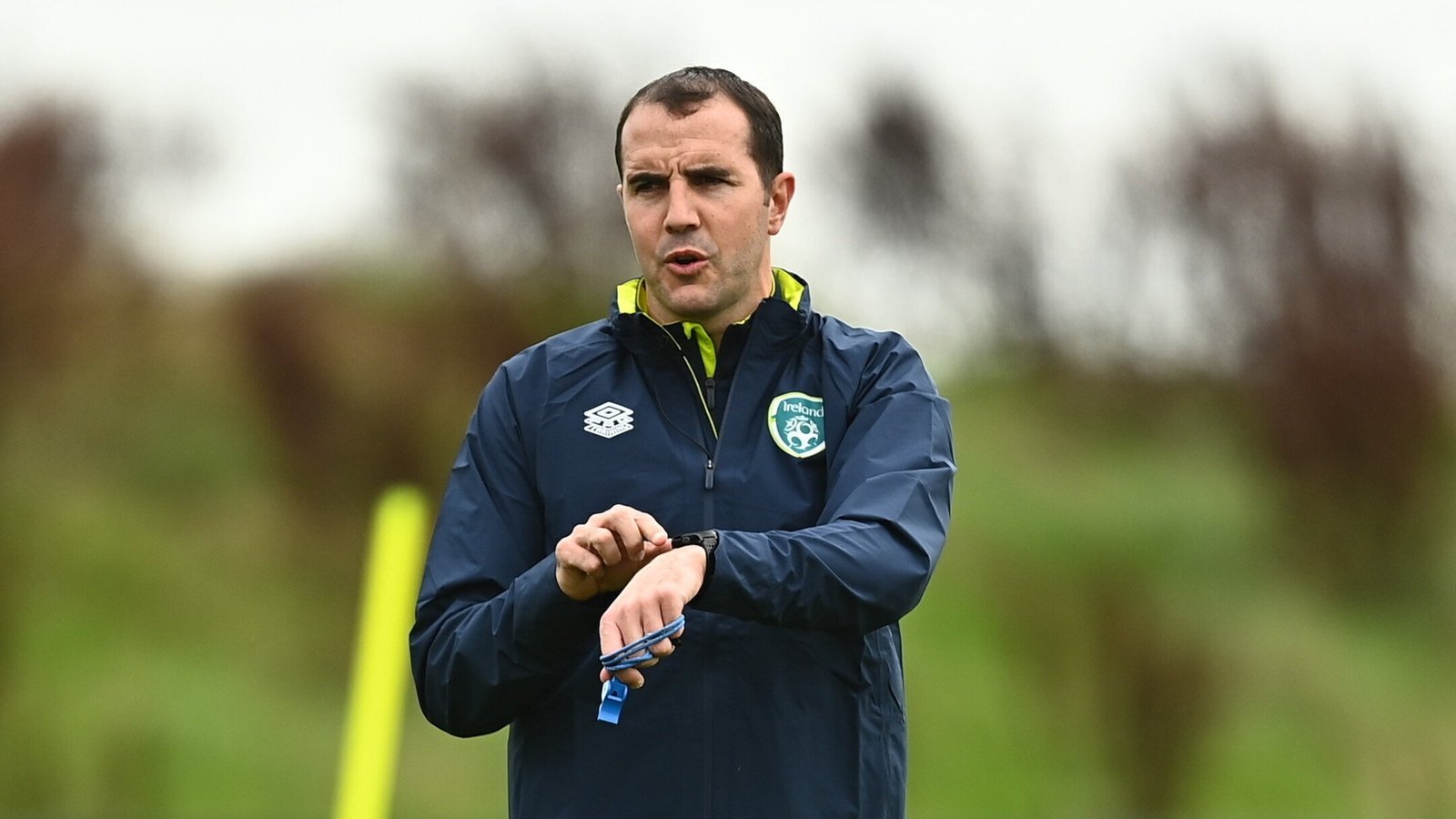Fierce fighting in northern Gaza as aid is rolled out
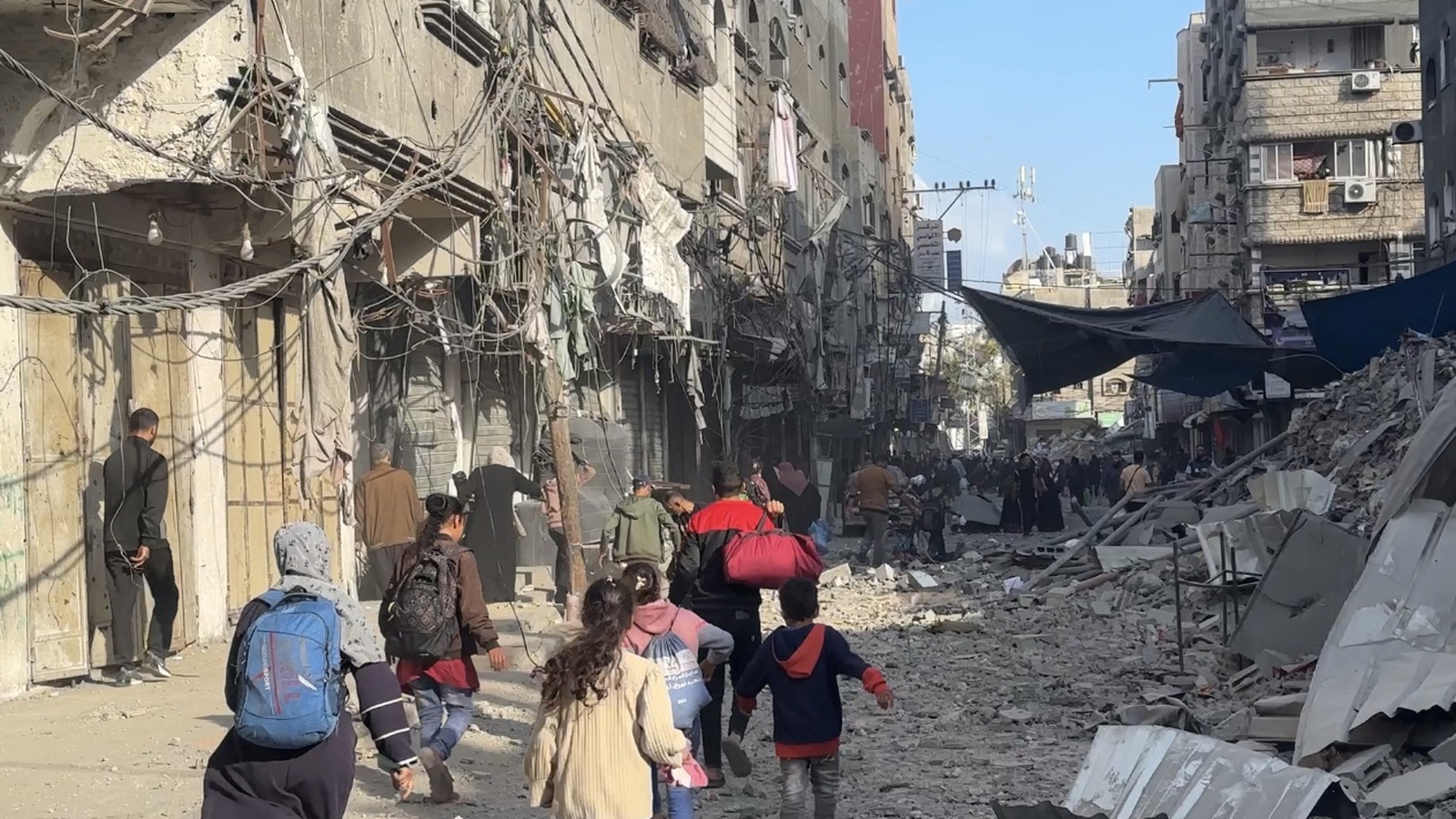
Israeli forces battled Hamas fighters in the narrow alleyways of Jabalia in northern Gaza in some of the fiercest engagements since they returned to the area a week ago, while in the south militants attacked tanks massing around Rafah.
Residents said Israeli armour had thrust as far as the market at the heart of Jabalia, the largest of Gaza’s eight historic refugee camps, and that bulldozers were demolishing homes and shops in the path of the advance.
“Tanks and planes are wiping out residential districts and markets, shops, restaurants, everything. It is all happening before the one-eyed world,” Ayman Rajab, a resident of western Jabalia, said via a chat app.
Israel had said its forces cleared Jabalia months earlier in the Gaza war, triggered by the deadly Hamas-led attacks on southern Israel on 7 October, but said last week it was returning to prevent Islamist militants re-grouping there.
In southern Gaza bordering Egypt, thick smoke rose over Rafah, where an escalating Israeli assault has sent hundreds of thousands of people fleeing from what was one of the few remaining places of refuge.
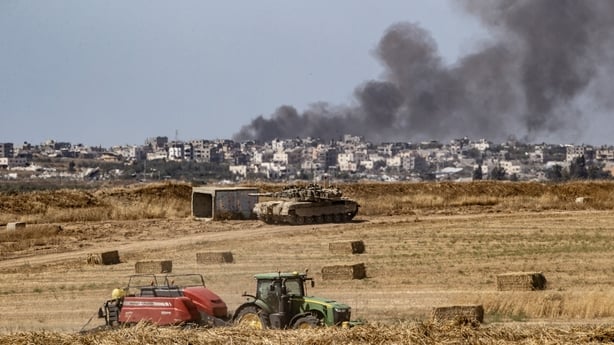
“People are terrified and they’re trying to get away,” Jens Laerke, UN humanitarian office spokesperson, said in Geneva, adding that most were following orders to move north towards the coast but that there were no safe routes or destinations.
As the fighting raged, the US military said trucks started moving aid ashore from a temporary pier, the first to reach the besieged enclave by sea in weeks.
The World Food Programme, which expects food, water, shelter and medical supplies to arrive through the floating dock, said the aid was transported to its warehouses in Deir Al Balah in central Gaza and told partners it was ready for distribution.
The United Nations earlier reiterated that truck convoys by land – disrupted this month by the assault on Rafah – were still the most efficient way of getting aid in.
“To stave off the horrors of famine, we must use the fastest and most obvious route to reach the people of Gaza – and for that, we need access by land now,” deputy UN spokesperson Farhan Haq said.
US aid was arriving in Cyprus for delivery to Gaza via the new pier, Washington said.
Hamas demanded an end to Israel’s siege and accused the United States of complicity with an Israeli policy of “starvation and blockade”.
The White House said US national security adviser Jake Sullivan would visit Israel and stress the need for a targeted offensive against Hamas militants rather than a full-scale assault on Rafah.
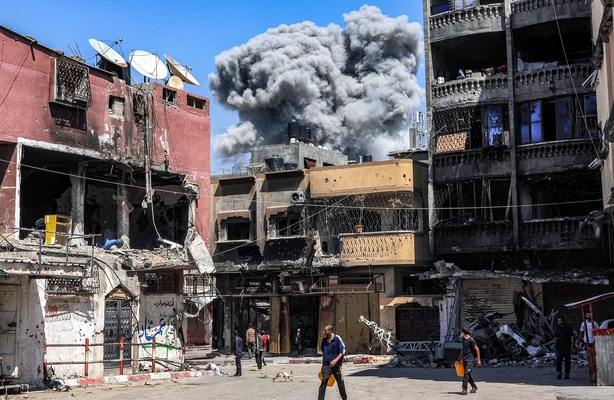
The Israel Defence Forces said troops killed more than 60 militants in Jabalia in recent days and located a weapons warehouse in a “divisional-level offensive”.
A divisional operation would typically involve several brigades of thousands of troops each, making it one of the biggest of the war.
“The 7th Brigade’s fire control centre directed dozens of airstrikes, eliminated terrorists and destroyed terrorist infrastructure,” the IDF said.
At least 35,303 people have now been killed in Gaza, according to figures from the territory’s health ministry, while aid agencies have warned repeatedly of widespread hunger and dire shortages of fuel and medical supplies.
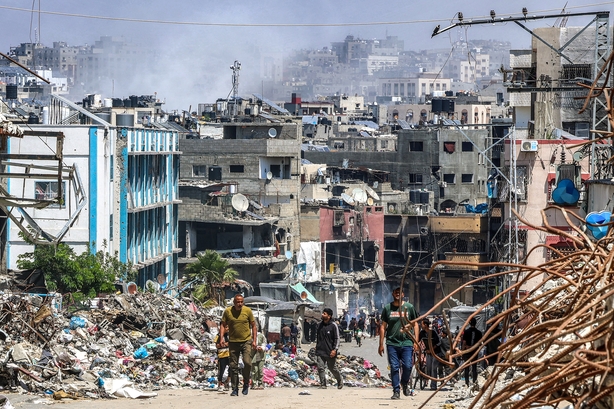
Israel says it must capture Rafah to destroy Hamas and ensure the country’s safety.
In the Hamas attack on 7 October, 1,200 people died in Israel and 253 were taken hostage, according to Israeli tallies. About 128 hostages are still being held in Gaza.
Israel said that its forces retrieved the bodies of three people killed at the Nova music festival in Israel on 7 October and taken into Gaza.
Trapped US medical workers leave Gaza
A group of US medical workers left Gaza after getting stuck at the hospital where they were providing care, the White House said.
Reports emerged earlier this week of US doctors being unable to leave Gaza after Israel closed the Rafah border crossing, including ten from the US-based Palestinian American Medical Association, who had intended to leave after a two-week mission at the European Hospital in Khan Younis, a city near Rafah in southern Gaza.
White House national security spokesperson John Kirby told reporters that 17 US doctors and healthcare workers, out of a total of 20, have left Gaza,
“I can assure you that any of them that wanted to leave are out,” Mr Kirby said.
A State Department spokesperson told Reuters that some of the doctors that had been stuck made their way to safety with assistance from the US Embassy in Jerusalem.
Three of the US doctors chose not to depart Gaza, a source familiar with the situation said, adding that the doctors who stayed behind understood that the US Embassy may not be able to facilitate their departure as it did previously.
The Palestinian American Medical Association, a US-based non-profit, reported that its team of 19 healthcare professionals, including ten Americans, had been denied exit from Gaza after their two-week mission.
Israel seized and closed the Rafah border crossing between Gaza and Egypt on 7 May, disrupting a vital route for people and aid into and out of the devastated enclave.


